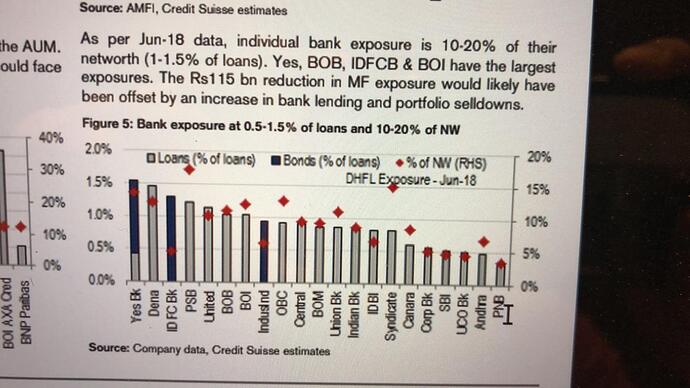Agree with what you’re saying fully.
I’m not invested in HDFC Bank but quarter after quarter on the spot 20% growth made me think “what exactly is going on…this is a picture perfect bank with nothing going against it even when there are bigger banks and smaller banks none of which deliver on the spot 20% growth every quarter!”
Well maybe we can find something on this in the thread on HDFC.
But the fact remains, HDFC today is a consensus trade where all good things are reflected in the enormous valuation multiple it’s available at. Unless you’ve a long enough horizon over which absolutely nothing goes bad with the bank, you won’t make much money on it.
In contrast, Yes Bank has a lot of uncertainties still pending even after the appointment of Ravneet Gill:
Deutsche Bank, from where Ravneet Gill comes, is itself not a problem free org at the global level with heavy fines it faced recently and top mgmt churn. It’s India operations are small:
- DB India has not grown well under Mr. Gill. (Loan book CAGR of 12% to 39K crore and deposits CAGR of 18% to 47K crore over FY13-18.
- NII growth has been meagre too at 5% over his tenure as CEO.
- PAT was 900cr in FY18, (~1/4th that of Yes Bank) & has fallen for last 2 straight years.
My guess is Yes Bank has not appointed Mr Gill for his operational performance but for the fact that he has been with the Bank for 20+ years, would bring in his own roster of corporate relationships to the YB stable & has risen to the top with DB India facing no compliance issues.
Apart from this, RBI divergence report, promoter feud, capital raising plans, CEO strategy, Rana Kapoor’s role as promoter, Balance Sheet clean up are all uncertain events in the future each of which can make or break the price again to new highs or new lows.
So investors looking for a smooth ride better avoid getting in at this juncture.
My sense is these events, as and when they get resolved, will bring out a stronger and better governed bank which will compete directly with the bigger private banks…
Only those who can tolerate uncertainty and the accompanying volatility during this journey are Yes Bank boarders.



